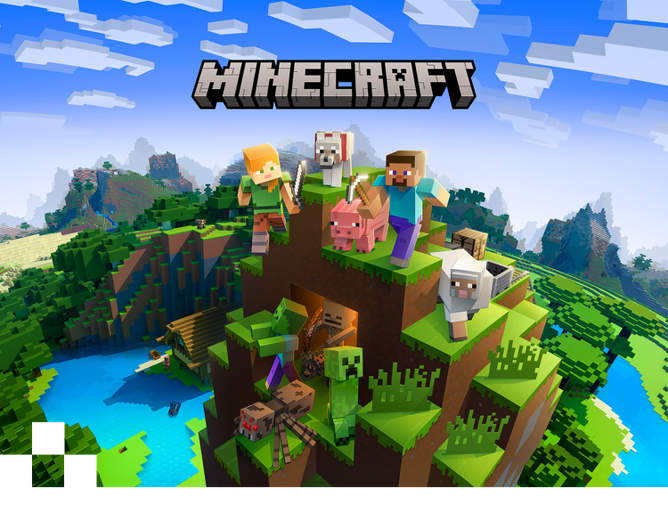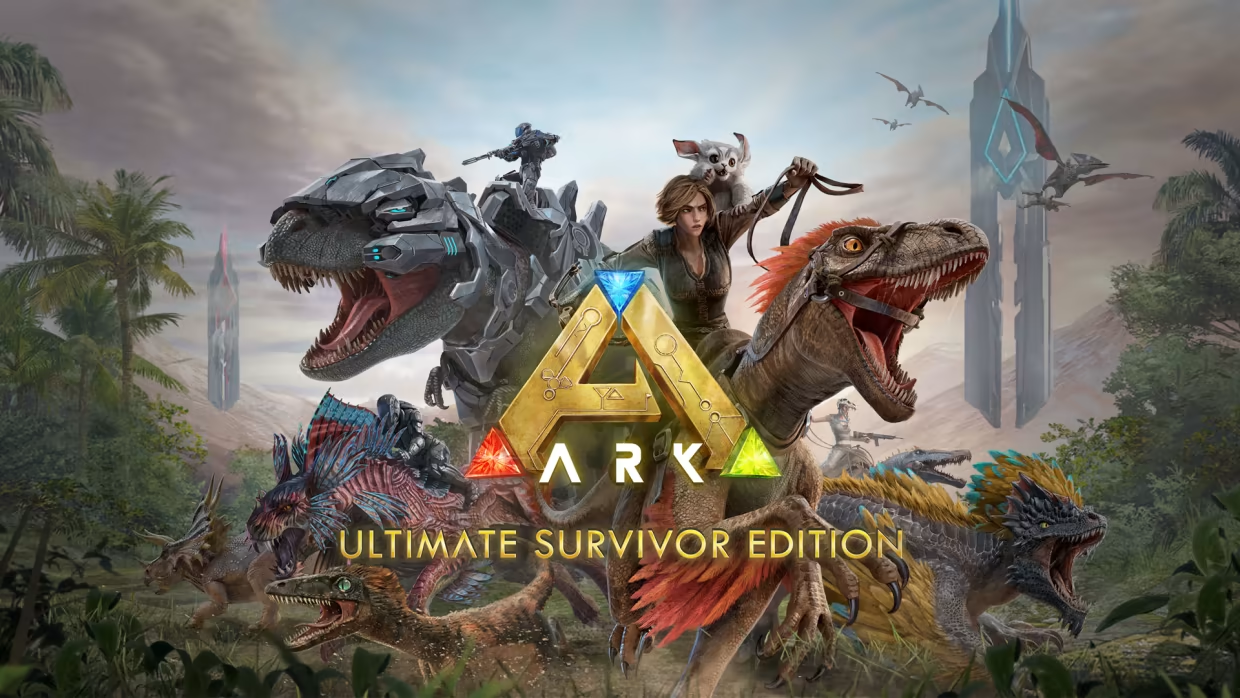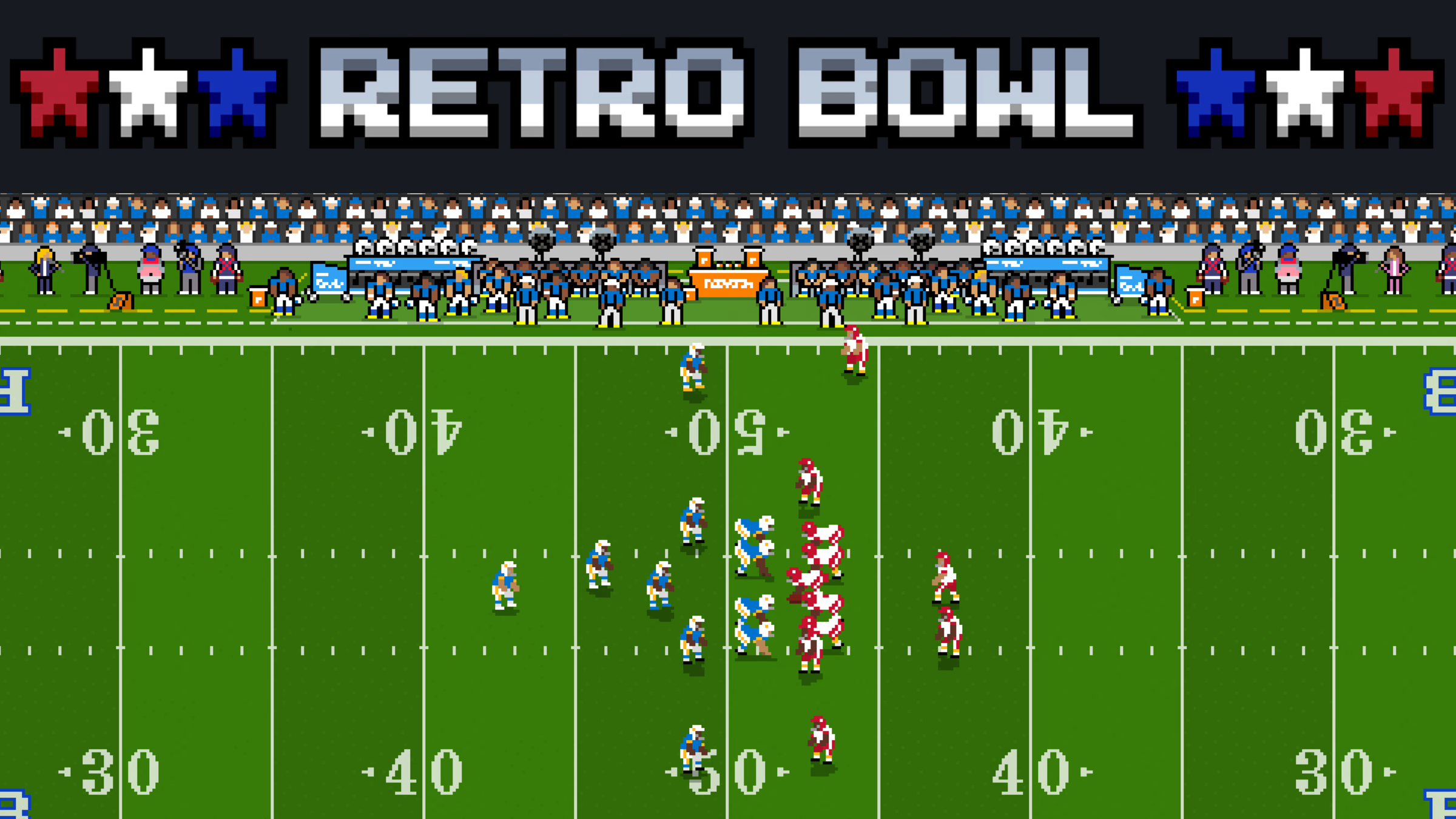Explore the fascinating evolution of minecraft: bedrock edition (2011) game icons banners from 2011 to the present. Discover how these visual elements have mirrored the game’s growth, community engagement, and cultural impact.
Introduction
Since its inception in 2011, Minecraft: Bedrock Edition has captivated millions with its immersive gameplay and expansive world-building opportunities. Central to its identity are the game icons and banners, visual elements that have evolved significantly over the years, reflecting both technological advancements and the community’s influence.
Early Years
In the early years of Minecraft: Bedrock Edition, the game’s icons and banners served as foundational elements that symbolized its core gameplay mechanics and themes. The icon, featuring the iconic grass block, became synonymous with the game itself. It was a simple yet effective choice, instantly recognizable to players as they embarked on their adventures in the blocky, procedurally generated worlds of Minecraft. Early banners were equally straightforward, often showcasing basic elements like tools, blocks, and updates that were integral to gameplay progression and community interaction.
Transition to Visual Sophistication
As Minecraft’s popularity soared into its expansion phase from 2016 to 2018, the evolution of its icons and banners paralleled the game’s growth. Icons became more detailed and thematic, reflecting major updates and expansions that introduced new biomes, creatures, and gameplay mechanics. Banners evolved beyond mere functional tools; they became vibrant showcases of the game’s diverse landscapes and the creativity of its global player base. Themes like aquatic adventures and the iconic Creeper found prominent places in these visual representations, resonating deeply with Minecraft enthusiasts worldwide.
Minecraft Icons and Banners in Contemporary Times
In recent years, Minecraft: Bedrock Edition’s icons and banners have continued to evolve, embracing new realms and thematic elements that push the boundaries of creativity and community engagement. The year 2019 marked a significant milestone with the introduction of themes from the Nether update, where icons began to reflect the fiery landscapes and ominous structures of this underworld realm. Banners, meanwhile, shifted focus to celebrate user-generated content and achievements, highlighting the endless possibilities within Minecraft’s sandbox environment.
Icons and Banners as Cultural Touchstones
By 2020, Minecraft’s icons and banners had become more than just visual identifiers; they had become cultural touchstones. The designs increasingly reflected real-world inspirations and inclusivity, resonating with a diverse player base spanning different ages, backgrounds, and gaming preferences. Themes of sustainability, community collaboration, and exploration permeated these visual elements, fostering a deeper connection between players and the virtual worlds they helped shape.

The Role of Minecraft Icons and Banners
Throughout its evolution, Minecraft: Bedrock Edition’s icons and banners have played a crucial role in both innovation and community engagement. They serve not only as navigational aids within the game but also as storytelling devices that encapsulate the ongoing narrative of Minecraft’s development. From the humble beginnings of the grass block icon to the expansive banners celebrating player creativity, these visual elements reflect the collaborative spirit and boundless imagination that define the Minecraft community.
Icons and Banners in the Era of Bedrock Edition
Technological advancements have also influenced the evolution of Minecraft’s icons and banners. The transition to the Bedrock Edition brought about enhanced graphical capabilities and cross-platform compatibility, allowing for more intricate designs and richer visual storytelling. Icons became sharper and more detailed, while banners benefited from improved rendering techniques that brought Minecraft’s vibrant landscapes and dynamic creatures to life in unprecedented ways.
Crafting Minecraft’s Visual Identity
Behind every icon and banner in Minecraft: Bedrock Edition lies a meticulous process of design and iteration. Each element is carefully crafted to resonate with players, balancing simplicity with thematic richness. The design team at Mojang Studios collaborates closely with the community, gathering feedback and insights that shape the evolution of these visual assets. This iterative approach ensures that icons and banners not only meet technical standards but also evoke emotions and memories that are unique to each player’s Minecraft journey.
The Impact of Player-Created Content
One of the defining features of Minecraft’s icons and banners is their ability to showcase player creativity. Community-contributed designs often find their way into official updates, celebrating the diverse perspectives and artistic talents within the Minecraft community. This collaborative approach not only enriches the visual landscape of Minecraft but also fosters a sense of ownership and pride among players who see their creations immortalized in the game’s iconic imagery.
Icons as Cultural Signifiers
Icons in Minecraft: Bedrock Edition transcend their role as static images; they are cultural signifiers that evoke memories and emotions among players. The grass block icon, for example, symbolizes the essence of Minecraft’s exploration and creativity. Similarly, icons representing creatures like the Creeper or environments like the Nether evoke specific gameplay experiences and challenges. These visual cues serve as anchors in the ever-expanding world of Minecraft, grounding players in familiar themes while inviting them to explore new horizons.
Icons and Banners as Storytellers
As Minecraft: Bedrock Edition continues to evolve, its icons and banners serve as powerful storytellers that chronicle the game’s journey from humble beginnings to global phenomenon. Each design iteration reflects not only technological advancements and gameplay updates but also the evolving aspirations and values of the Minecraft community. From early functional banners to thematic showcases of creativity and inclusivity, these visual elements weave a narrative that resonates with players of all ages and backgrounds.
Minecraft Icons and Banners Across Cultures
The universal appeal of Minecraft: Bedrock Edition’s icons and banners transcends cultural boundaries. Icons like the grass block and banners featuring diverse themes resonate with players worldwide, fostering a global community united by a shared love for exploration, creativity, and collaboration. The design language of Minecraft’s visual elements embraces diversity and inclusivity, reflecting the game’s commitment to creating an inclusive and welcoming environment for players of all backgrounds.

Icons and Banners in Learning Environments
Beyond entertainment, Minecraft: Bedrock Edition’s icons and banners have educational potential. They can be used as teaching tools in classrooms, encouraging creativity, problem-solving, and collaboration among students. Icons representing historical landmarks or scientific concepts can spark curiosity and exploration, turning learning into an immersive and engaging experience. Banners celebrating community-built structures or collaborative projects demonstrate the power of teamwork and ingenuity, inspiring young minds to think critically and creatively.
Future Directions
Looking ahead, the evolution of Minecraft: Bedrock Edition’s icons and banners shows no signs of slowing down. As technology advances and player expectations evolve, these visual elements will continue to adapt and innovate. Themes of sustainability, virtual reality integration, and community-driven content creation are likely to shape future designs, ensuring that Minecraft remains at the forefront of gaming culture while staying true to its core values of creativity, exploration, and community.
Conclusion
The evolution of minecraft: bedrock edition (2011) game icons banners is a testament to the game’s enduring legacy and innovative spirit. From humble beginnings to global phenomenon, these visual elements have not only guided players through their Minecraft adventures but also captured the imagination and creativity of a diverse and passionate community. As Minecraft continues to evolve, so too will its icons and banners, reflecting new adventures, technological advancements, and the ever-changing landscape of gaming culture.
Read Also: salta la coda biglietto d’ingresso oscuro alla grotte de baume



![[noblocc] kicked for being afk](https://speakmagazine.co.uk/wp-content/uploads/2024/08/pro-gamer-playing-space-shooter-online-championship-with-modern-graphics-using-wireless-controller_482257-524.jpg)

